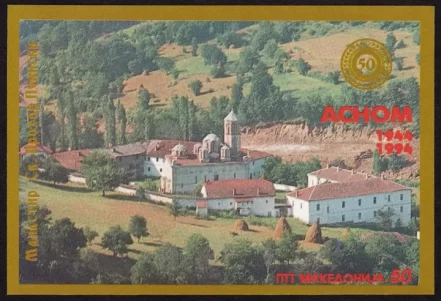Israel postage stamps year 1970 Architecture Synagogues MNH
Israel’s synagogue architecture reflects a rich tapestry of historical influences, cultural diversity, and innovative design. From ancient structures to contemporary edifices, these sacred spaces offer insights into the nation’s religious and architectural evolution.
Historical Synagogues:
- Hurva Synagogue: Located in Jerusalem’s Old City, the Hurva Synagogue has a storied past dating back to the 18th century. Destroyed and rebuilt multiple times, its current structure, completed in 2010, mirrors its 19th-century design, featuring a prominent dome and intricate interior detailing.
Modern Architectural Marvels:
- Rabbi Dr. I. Goldstein Synagogue: Situated on the Hebrew University’s Givat Ram campus in Jerusalem, this synagogue, completed in 1957, showcases an organic design with a distinctive concrete dome supported by eight arches. Its innovative architecture earned it the Rechter Prize in 1964.
- 1960s and 1970s Synagogues: During this period, Israeli architects embraced modernist principles, resulting in synagogues that balanced contemporary design with traditional elements. These structures often featured minimalist aesthetics, innovative use of materials, and a focus on natural light.
Design Elements:
While synagogue designs in Israel vary, certain elements remain consistent:
- Orientation: Many synagogues are oriented towards Jerusalem, symbolizing a connection to the holy city.
- Ark (Aron Kodesh): The focal point of the interior, this sacred cabinet houses Torah scrolls and is often elaborately designed.
- Bimah: A raised platform from which the Torah is read, central to the worship space.
The diversity in Israel’s synagogue architecture reflects the nation’s complex history and the myriad cultural influences that have shaped it. From preserving ancient traditions to embracing modernist trends, these sacred spaces encapsulate the dynamic narrative of Jewish communal life in Israel.










Reviews
There are no reviews yet.